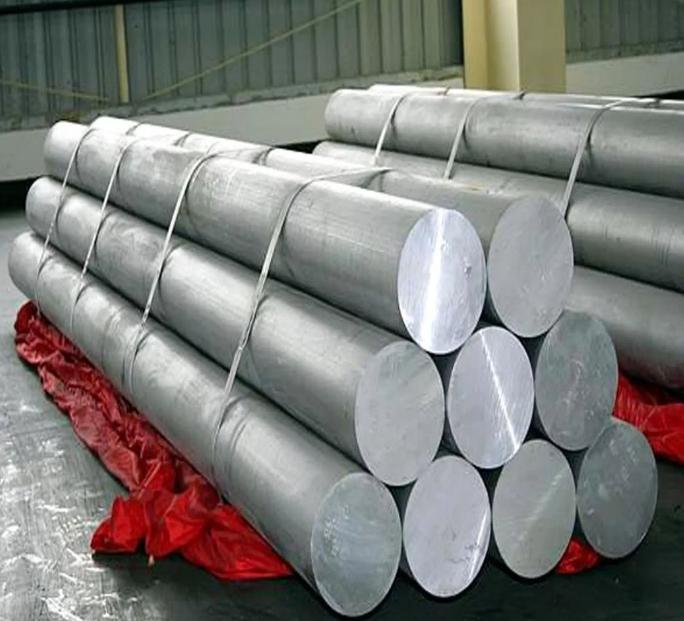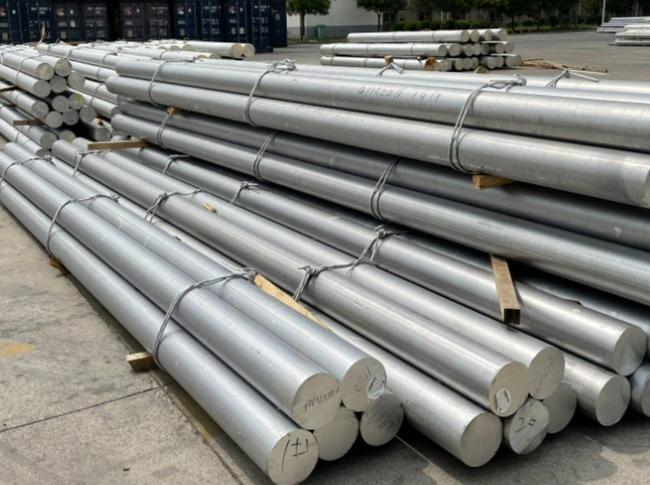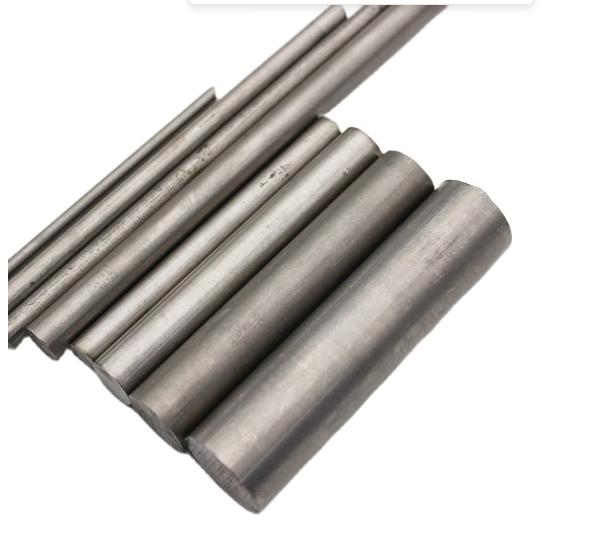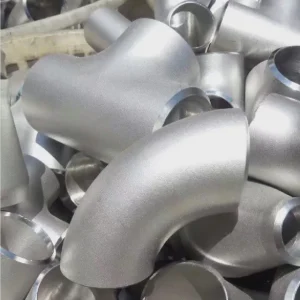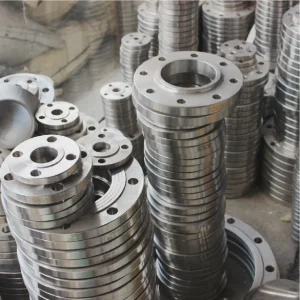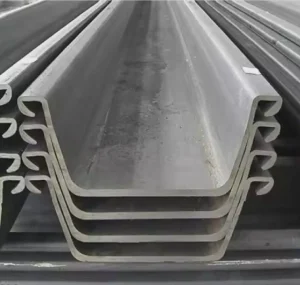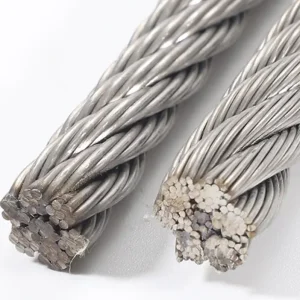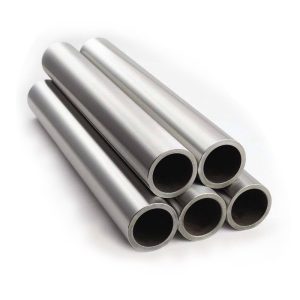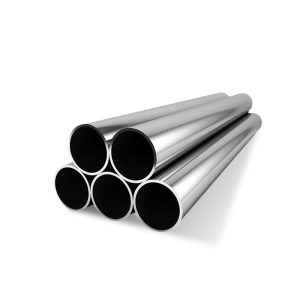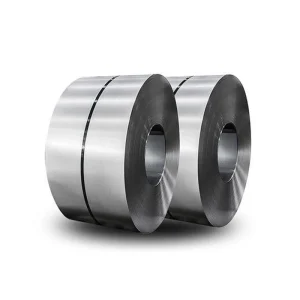What is a 1/16 Aluminum Rod?
A 1/16 aluminum rod is a thin, versatile metal rod used in a variety of applications, from welding and fabrication to DIY projects. It’s typically made from high-quality aluminum alloys, such as 6061, 7075, or 2024, and is valued for its light weight, strength, and resistance to corrosion. Due to its thin diameter (1/16 inch), it is particularly useful in projects that require precision and fine control.
This article will explore the uses, benefits, and buying tips for 1/16 aluminum rods. Whether you are a professional welder or a hobbyist working on a project, this guide will provide valuable insights to help you choose the right rod for your needs.
Why Choose a 1/16 Aluminum Rod for Your Projects?
Choosing the right size aluminum rod is crucial to ensuring the success of your project. The 1/16 aluminum rod stands out because of its unique properties and versatility. Let’s dive into the reasons why this particular size is ideal for many applications.
1. Ideal for Precision Work
The small diameter of a 1/16 aluminum rod allows for greater control, making it an excellent choice for projects that require precise welding or fabrication. Whether you’re working on intricate metal art, small repairs, or detailed industrial work, this rod size ensures fine and accurate results.
2. Great for Welding Thin Materials
If you’re welding thin aluminum sheets, the 1/16 rod is the perfect tool. Thicker rods can cause excess heat buildup, which may warp or distort the metal. In contrast, a 1/16 aluminum rod provides the right balance of strength and heat control, minimizing the risk of damaging your workpiece.
3. Lightweight and Strong
Despite its small size, 1/16 aluminum rods maintain a strong structural integrity due to the aluminum alloy used. This makes them suitable for applications that require both lightness and strength, such as aerospace components, automotive repairs, and even marine environments.
4. Corrosion Resistance
Aluminum is naturally resistant to corrosion, making 1/16 aluminum rods highly durable and long-lasting, especially in outdoor or harsh environments. This makes them ideal for marine, automotive, and structural applications where moisture exposure is common.
Different Types of 1/16 Aluminum Rods: Which One to Choose?
When purchasing a 1/16 aluminum rod, it's essential to understand the different types available. Aluminum alloys differ in their strength, corrosion resistance, and suitability for specific tasks. Below are the most common alloys used for 1/16 aluminum rods.
1. 6061 Aluminum Rod
The 6061 aluminum rod is one of the most popular and versatile alloys. Known for its good mechanical properties and excellent corrosion resistance, it’s commonly used in a variety of industries, from aerospace to construction. It’s ideal for welding, fabrication, and projects requiring moderate strength.
2. 7075 Aluminum Rod
7075 aluminum rods are made from a stronger, more durable alloy compared to 6061. This makes them perfect for applications that demand superior strength, such as in the aerospace and military industries. However, they are less corrosion-resistant than 6061, so they are typically used in environments where strength is more critical than corrosion resistance.
3. 2024 Aluminum Rod
The 2024 aluminum rod is known for its high strength and fatigue resistance. While it is not as corrosion-resistant as 6061, it performs well in stress-heavy applications like aviation and military parts. If you’re looking for an aluminum rod for structural work under high stress, 2024 is an excellent option.
How to Weld with a 1/16 Aluminum Rod: Step-by-Step Guide
Welding with a 1/16 aluminum rod requires skill and precision. Here’s a step-by-step guide to help you achieve clean and strong welds:
Step 1: Prepare the Aluminum Surface
Before you begin welding, make sure the aluminum surface is clean and free from dirt, oil, or oxidation. Use a wire brush or grinder to remove any contaminants. This step is crucial for preventing weld defects and ensuring a clean finish.
Step 2: Select the Right Welding Machine
Ensure that your welding machine is compatible with a 1/16 aluminum rod. TIG welding is commonly used with aluminum rods, as it provides precise control over the weld pool. Set the amperage according to the thickness of the material you’re welding. For thin sheets, start with a lower amperage setting.
Step 3: Set Up Your Workspace
Secure the aluminum piece using clamps or a welding fixture. Make sure the work area is well-lit and well-ventilated. Always wear appropriate safety gear, including gloves, a welding helmet, and protective clothing.
Step 4: Strike the Arc
Use the tungsten electrode to strike the arc and start the weld. Move the torch steadily, feeding the 1/16 aluminum rod into the weld pool. Keep the rod at the correct angle to prevent overheating the aluminum.
Step 5: Monitor and Finish the Weld
Maintain a consistent speed and movement to avoid uneven welds. Once you finish the weld, allow it to cool slowly. Inspect the weld for defects, such as cracks or undercuts, and clean up any spatter.
Common Mistakes to Avoid When Using a 1/16 Aluminum Rod
⚠ Mistake 1: Using Too Much Heat
One of the most common mistakes when welding with a 1/16 aluminum rod is applying too much heat. Aluminum has a low melting point, and excessive heat can cause the metal to warp or burn through. Always adjust your machine’s settings to avoid overheating the material.
⚠ Mistake 2: Poor Cleanliness
Aluminum is highly susceptible to contamination. If the base metal or filler rod is not cleaned thoroughly, it can lead to poor weld quality. Make sure to clean all surfaces before welding, and avoid touching the rod with oily hands.
⚠ Mistake 3: Inconsistent Welding Speed
Maintaining a consistent welding speed is crucial when using a 1/16 aluminum rod. If you move too quickly, the weld may be weak and porous. On the other hand, moving too slowly can cause excessive heat buildup. Aim for a steady, controlled pace to ensure a strong and clean weld.
Comparing the 1/16 Aluminum Rod with Other Sizes
While the 1/16 aluminum rod is perfect for fine work and thin materials, it’s essential to know how it compares to other rod sizes. Here’s a side-by-side comparison with two other popular sizes:
| Feature | 1/16 Aluminum Rod | 1/8 Aluminum Rod | 3/32 Aluminum Rod |
|---|---|---|---|
| Best for Thin Metals | Yes | No | Yes |
| Precision | High | Low | Moderate |
| Strength | Moderate | High | High |
| Ease of Use | Easy to control | Difficult to control | Moderate |
| Ideal Application | Small repairs, detailed work | Heavy-duty fabrication | General-purpose welding |
As shown, the 1/16 aluminum rod is optimal for fine, delicate work, while larger rods like the 1/8-inch offer greater strength for thicker metals but are harder to control.
Conclusion: When and Why to Use a 1/16 Aluminum Rod
The 1/16 aluminum rod is an essential tool for precision welding, small repairs, and working with thin aluminum sheets. Its small size offers superior control, making it perfect for detailed, high-precision work. Whether you're a hobbyist or a professional, understanding how to use this rod effectively can make a significant difference in the quality of your welds.
By selecting the right aluminum alloy, properly preparing your materials, and following the correct welding procedures, you can achieve clean, strong, and durable welds that will last for years to come.
Practical Checklist for Working with a 1/16 Aluminum Rod
-
Clean the base metal and filler rod before welding.
-
Select the appropriate alloy for your specific project.
-
Ensure proper machine settings (amperage, voltage, etc.).
-
Maintain a steady hand to avoid inconsistent welds.
-
Inspect the weld after completion for defects.
By following this checklist, you can improve your welding technique and achieve high-quality results with a 1/16 aluminum rod.


